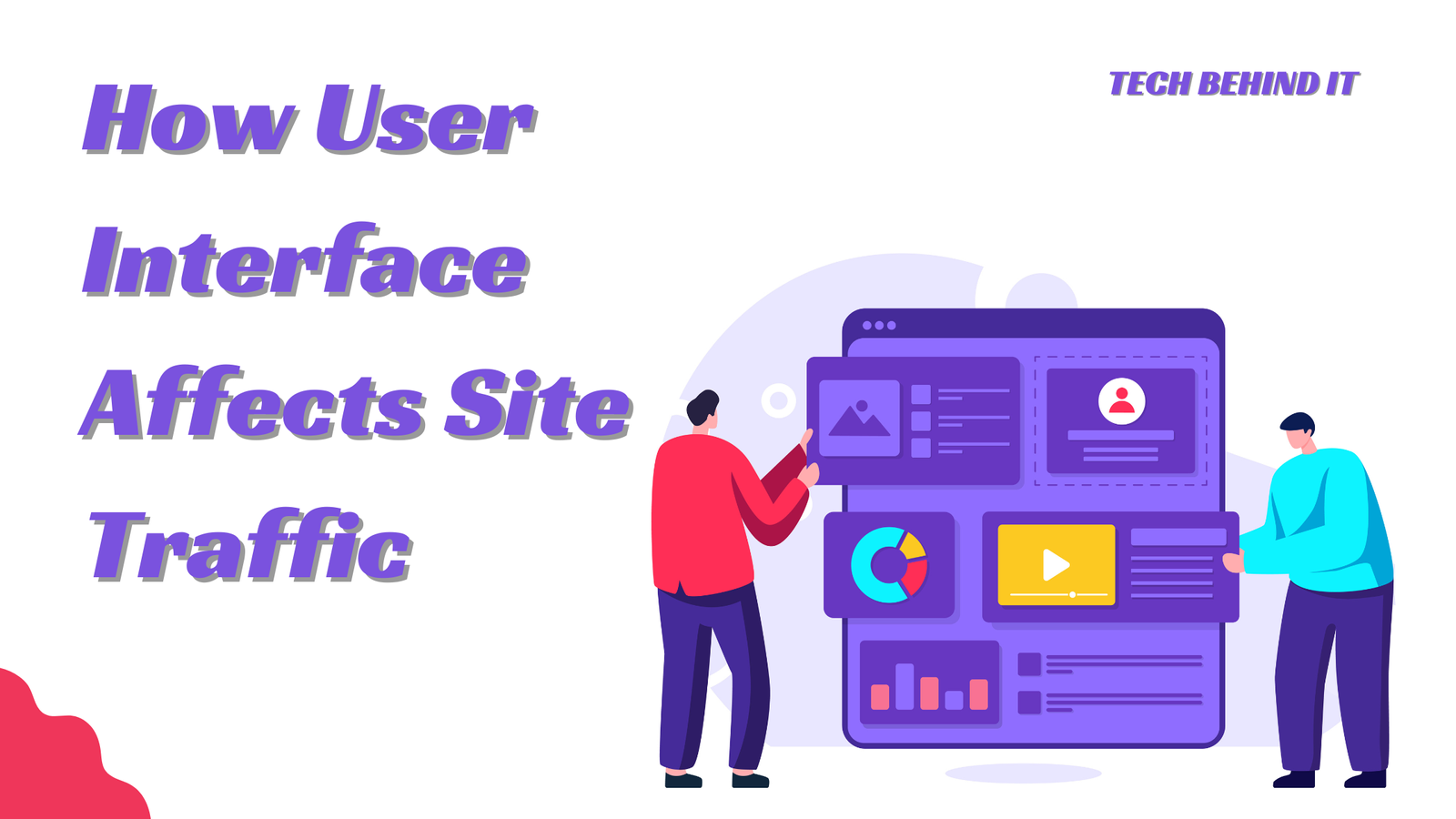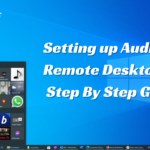How User Interface Affects Site Traffic
Websites use many tactics to enhance site traffic since increased traffic corresponds to more prospective clients and money. The user interface (UI) is an essential component that dictates how users browse and engage with the website. An effectively crafted user interface improves the user experience, motivating guests to go through further pages and prolong their stay on the website, eventually increasing traffic. We’ve clarified several ways in which your user interface impacts site traffic.
Website Speed
Visuals captivate interest, bolster brand recognition, and increase user involvement. Engaging users through videos and images promotes user interaction and improves search engine rankings and site speed. However, having high-resolution images on a screen can slow website speed and affect your site conversion rate.
Sites with multiple images or icons to display have to use the correct number of these images. This is common with online businesses that wish to display various products or services to visitors at a glance. For instance, prominent e-commerce sites are good examples of those with a well-arranged interface. Online entertainment sites like the top casinos have also caught up with this. Although these operators offer multiple slots online, they use the correct number and quality of images that don’t affect site speed or responsiveness.
Responsiveness
A responsive UI ensures easy access across devices of varying screen resolutions and sizes. It uses flexible grid designs and adaptable media queries to modify the visual presentation. A mobile-first strategy also prioritizes essential content and features for smaller screens while gradually improving the experience for larger screens. Having a responsive layout is necessary because mobile devices generate a significant portion of all internet traffic. This ensures that all devices, including desktops, smartphones, and tablets, can view and interact with the website. It also provides a standard user experience, enhancing visitor engagement and minimizing bounce rates.
A perfect example of websites in this category are those created with HTML5 technology. These sites can function smoothly on most platforms. For example, HTML5 is the leading website language used in creating online casino sites due to its ease of access on any platform. It’s used in the top casinos where players can easily access its products, whether online slots, tables, or live dealer games like live blackjack at Rhino. Despite the real-time interaction, it runs smoothly whether players access it on their mobile device or PC.
Easy Navigation
Clear, simple, and structured menus logically help users avoid needless clicks and provide a smooth user experience. A flexible layout delivers a uniform graphical user experience on various platforms, accommodating the increasing population of mobile users. Integrating a search feature that is easy for users to navigate also enables them to locate desired information efficiently, improving their overall satisfaction.
Additionally, intuitive call-to-action symbols effectively direct users down the correct route, enhancing their loyalty and increasing conversion rates. By prioritizing straightforward navigation, you may create a favorable user experience that motivates users to prolong their stay, delve into additional material, and eventually revisit your site.
Increased Responses Due to Simple Formats
Simpler formats minimize the duration and exertion needed for site users to operate. This includes tasks such as registering or making an online payment on your site. They typically facilitate how users enter information on your website. Forms with precise descriptions and a limited number of fields are more user-friendly. Complicated and lengthy forms frequently result in many users giving up, discouraging them from completing the intended tasks.
Hence, businesses can improve user engagement by implementing streamlined formats, which promote form completion and lead to increased responses. With less information to deal with, customers are more inclined to revisit your website.
Conclusion
Users place significant emphasis on how a user interface works since it directly impacts their experience. An effective user interface is user-friendly and aesthetically pleasing. It also facilitates quick retrieval of the user’s desired information.
An inadequate user interface may perplex consumers and impede navigation, which can result in website abandonment. Inadequate design can also diminish website traffic and hinder conversion rates. Consequently, a high-quality user interface is essential to an excellent website conversion rate.
















